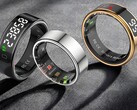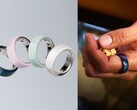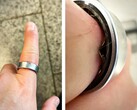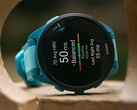Peking University scientists have created what they call the very first “thermoelectric rubber” — a new material that is both highly elastic and generates electricity efficiently. This breakthrough — detailed in the journal Nature — could clear the path for a new wave of self-powered wearable devices that charge by leveraging the temperature difference between a person's body and the surrounding air.
Until now, researchers have tried to create materials that could power electronics with body heat, but the high-performing thermoelectric materials they have come up with so far have been flexible at best. Now this team has achieved something very sought after — it has developed an efficient thermoelectric material that is also elastic.
This Peking University team, led by material scientist Lei Ting, solved this with the creation of a hybrid polymer. The team blended semiconducting polymers with elastic rubber, leading to the formation of semiconducting nanofibrils wrapped in an elastomer. This counter-intuitive design improves electrical conductivity while decreasing thermal conductivity, making the material an efficient thermoelectric generator.
The team demonstrated the material could return to 90% its original shape after being stretched to 150%. It could also stretch to over 850% of its size. The team will now work to improve its properties even further.
This combination of elasticity and thermoelectricity makes it an ideal candidate for wearable technology. Beyond consumer tech, this material could also see applications in healthcare; powering medical sensors.
Buy the Samsung Galaxy Watch 8 (curr. $379.99 on Amazon).
Source(s)
Image source: Onur Binay




































